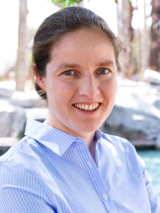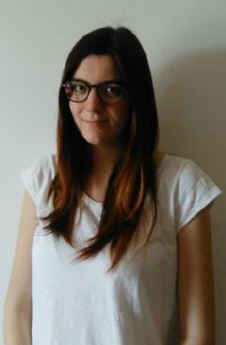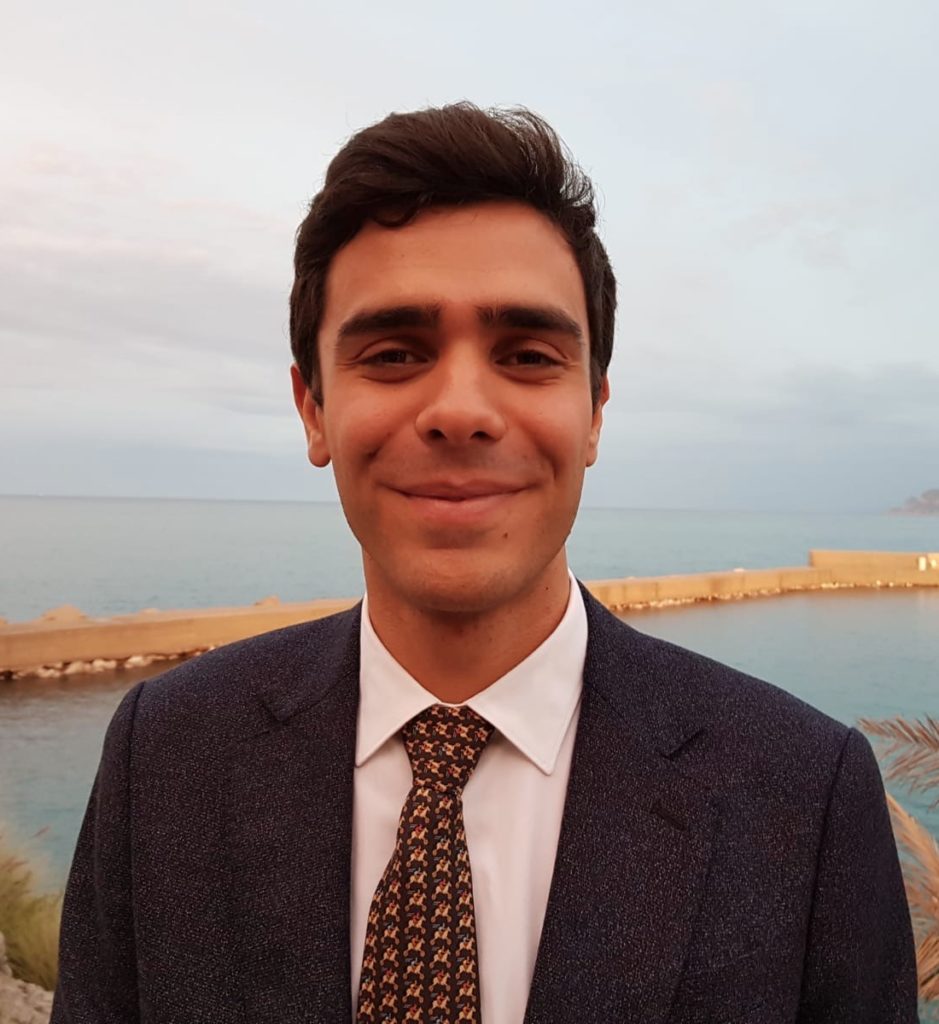

Sophia Haussener is an Assistant Professor heading the Laboratory of Renewable Energy Science and Engineering at the Ecole Polytechnique Fédérale de Lausanne (EPFL). Her current research is focused on providing design guidelines for thermal, thermochemical, and photoelectrochemical energy conversion reactors through multi-physics modeling. Her research interests include: thermal sciences, fluid dynamics, charge transfer, electro-magnetism, and thermo/electro/photochemistry in complex multi-phase media on multiple scales. She received her MSc (2007) and PhD (2010) in Mechanical Engineering from ETH Zurich. Between 2011 and 2012, she was a postdoctoral researcher at the Joint Center of Artificial Photosynthesis (JCAP) and the Energy Environmental Technology Division of the Lawrence Berkeley National Laboratory (LBNL). She has published over 50 articles in peer-reviewed journals and conference proceedings, and 2 books. She has been awarded the ETH medal (2011), the Dimitris N. Chorafas Foundation award (2011), the ABB Forschungspreis (2012), the Prix Zonta (2015), and the Global Change Award (2017), and is a recipient of a Starting Grant of the Swiss National Science Foundation (2014). She is a deputy leader in the Swiss Competence Center for Energy Research (SCCER) on energy storage, serves as an Associate Editor for the Journal of Renewable and Sustainable Energy, and acts as a Member of the Scientific Advisory Council of the Helmholtz Zentrum.
Google Scholar

Francesca Lorenzutti, 24 years old from Trieste, Italy. Now in Lausanne (Switzerland).
Francesca Lorenzutti earned her BSc in Chemistry and Materials Chemistry from the University of Bologna in July 2018. Her final project concerned the study of the electrocatalytic properties of Ceria-based nanoparticles for water splitting and CO2 conversion. She then moved to the south-west of France to attend the “Physical Chemistry and Chemical Physics (PCCP)” international Master program at the University of Bordeaux, where she focused on Theoretical and Computational Chemistry, Thermodynamics, Spectroscopy and Materials Chemistry, graduating in June 2020. Her final Master project regarded numerical simulations of coupled (electro)chemical processes and optimisation of geometrical features of functionalized porous electrodes for in-vivo applications.
The urge of developing suitable technology to finally start a truly green economy is nowadays evident, and we can expect the interest in the energetic research field to grow more and more during the next years. The one way to face this challenge effectively is by developing a solid scientific knowledge and by raising awareness on the different scientific and technological problems that it will be necessary to overcome. The Solar2Chem consortium brings people with diverse backgrounds together to work in synergy towards the objective of improving the technology for the exploitation of solar energy by following different but complementary paths. Francesca Lorenzutti’s PhD project (ESR8) in the Laboratory of Renewable Science and Engineering (LRESE) at EPFL, Switzerland, concerns modelling of multi-physical transport in nano-structured photoelectrodes for various energetic application (mainly water splitting and CO2 reduction). The nanostructure of different materials is acquired with a resolution up to 4 nm3 thanks to FIB-SEM nanotomography, an advanced characterization technique, and the simulations are carried at the pore-scale. Identifying the morphological characteristics that improve selectivity and efficiency in the production of the desired chemical allows to offer design-guidance considerations. Multi-scale simulations are carried as well, both at the atomic scale through Density Functional Theory calculations (collaboration with ICIQ) and at the macroscopic scale, employing simplified geometrical domains and effective properties derived from pore-scale calculations.

Roberto Valenza, 26 years old, energy engineer from Palermo, Italy, is a PhD student at Ecole Polytechnique Fédérale de Lausanne (EPFL) in the Laboratory of Renewable Energy Science and Engineering working as ESR9 of SOLAR2CHEM project.
He got a B.Sc. degree at University of Palermo (2016) and a M.Sc. degree at Politecnico di Milano (2019) both in energy engineering. During the second year of Master, he also did an exchange period at KTH of Stockholm thanks to the Erasmus+ project. His main interests concern the study and optimization of transport phenomena in electrochemical and photoelectrochemical devices.
His previous research activities were performed during his master thesis at MRT Fuel Cell Lab of Politecnico di Milano with a project in partnership with University of Connecticut to optimize an innovative porous layer acting as a selective barrier to reduce cross-contamination in vanadium redox flow batteries, a promising technology for stationary energy storage.
After graduation, he worked one year as energy efficiency advisor in Edison, an Italian company part of the EDF group, before taking the decision to come back to university to give his contribution to push forward the technologies for sustainable production of fuels from solar radiation with SOLAR2CHEM project.
